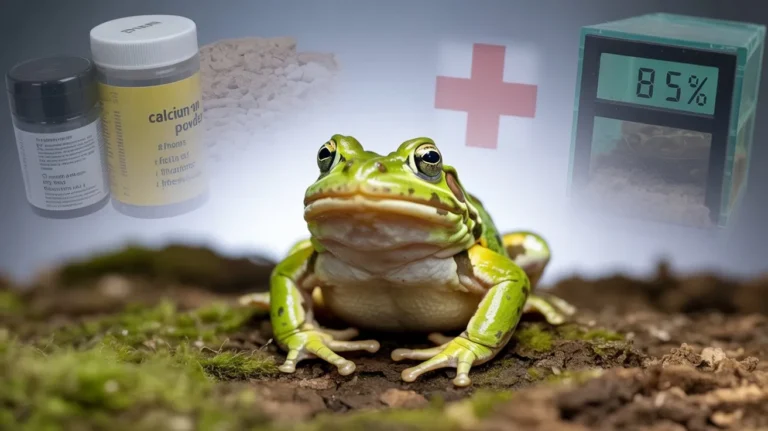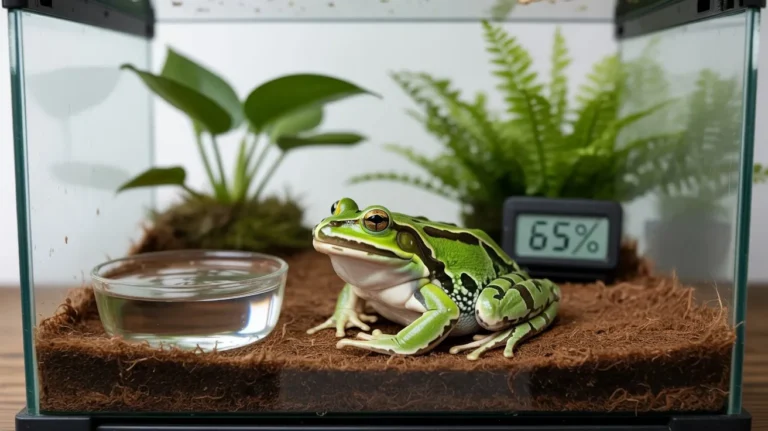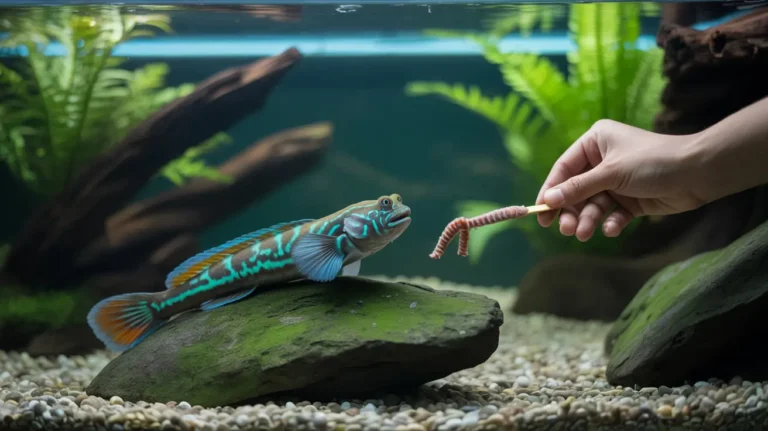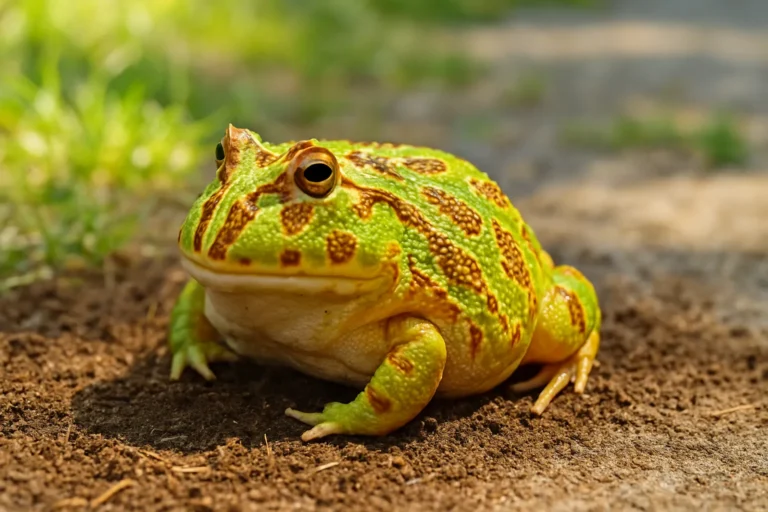Pacman Frog Behavior: Normal vs. Stress Signs (Care Guide)
Understanding your Pacman frog’s behavior is essential for identifying what’s normal and what could be a sign of stress or illness. These frogs may not be the most active pets, but they communicate a lot through posture, activity levels, and feeding habits.
In this guide, based on over 10 years of amphibian care experience, we’ll break down common Pacman frog behaviors, what’s considered normal, and red flags that may require attention.
Why Behavior Observation Matters
Pacman frogs are masters of stillness, often staying buried or motionless for hours. But subtle changes in behavior can reveal major health or environmental issues. Knowing the difference between normal and abnormal behavior will help you respond before problems escalate.
Normal Pacman Frog Behaviors
1. Burrowing and Hiding
Pacman frogs are ambush predators, and burrowing is their natural instinct. It’s normal for them to stay buried for most of the day, especially during daylight.
What’s normal:
- Being buried for hours or even days
- Only the eyes or head showing above the substrate
- Digging under plants or moss
Tip: Always keep the substrate at least 3 inches deep for safe burrowing.
2. Stillness or Inactivity
Pacman frogs conserve energy by staying still. This behavior mimics their hunting style in the wild.
What’s normal:
- Little to no movement during the day
- Activity mostly at night (they’re nocturnal)
- Quick bursts of motion when hunting or startled
3. Aggressive Feeding Response
These frogs have strong hunting instincts. It’s normal for them to lunge at food — or even try to bite if they mistake your hand for prey.
What’s normal:
- Rapid lunging at crickets or worms
- Biting at feeding tongs
- Occasionally missing the target
Reminder: Always use tongs during feeding to avoid accidental bites.
4. Occasional Soaking
Pacman frogs sometimes sit in their water dish to stay hydrated or help with shedding.
What’s normal:
- Sitting in shallow, clean water
- Staying there for a few hours
- Doing it more often during shedding periods
5. Shedding Skin
Like all amphibians, Pacman frogs shed their skin regularly. Most eat the shed immediately after removal.
What’s normal:
- Cloudy or dull skin before shedding
- Stretching or puffing up during the process
- Eating the skin afterward
Abnormal Pacman Frog Behaviors (Red Flags)
1. Excessive Surface Sitting or Restlessness
If your frog avoids burrowing or keeps pacing, it could signal stress.
Possible causes:
- Incorrect temperature or humidity
- Dirty or dry substrate
- Loud noises or excessive light
Fix it: Check environmental settings with a thermometer and hygrometer, and adjust accordingly.
2. Persistent Refusal to Eat
Skipping a meal once in a while is fine — especially during shedding or cold spells. But extended fasting is not.
If your frog hasn’t eaten for more than 2 weeks, check:
- Temperature (should be 75°F–85°F daytime)
- Humidity (aim for 60%–80%)
- Feeder size (never larger than the space between the frog’s eyes)
Also consider: Stress, parasites, or impaction as underlying causes.
3. Lethargy Beyond Normal Inactivity
Normal stillness is fine, but if your frog is limp, unresponsive, or won’t react to touch or food, something’s wrong.
Could indicate:
- Dehydration
- Infection
- Vitamin deficiency
- Organ failure
Immediate veterinary care is advised.
4. Discoloration or Red Legs
Red patches, open sores, or pale, dull skin can point to fungal infections, bacterial illness, or stress.
Red-leg syndrome, a serious infection, causes red undersides and weakness. This requires urgent vet treatment.
5. Floating Constantly in Water Dish
While soaking is normal, constantly floating with an inflated body could signal:
- Impaction
- Internal bloating
- Organ issues
Try a warm soak and evaluate the diet and substrate — then consult a vet if it continues.
FAQs
Final Thoughts
Learning what’s normal behavior for Pacman frogs helps you provide better care and spot potential issues early. Inactivity, burrowing, and occasional soaking are all typical — but unusual changes in appetite, color, or movement patterns often signal a problem.
Stay consistent with your frog’s habitat, observe closely, and respond to subtle signs. When in doubt, don’t hesitate to reach out to a reptile or amphibian veterinarian — it’s always better to catch problems early.






